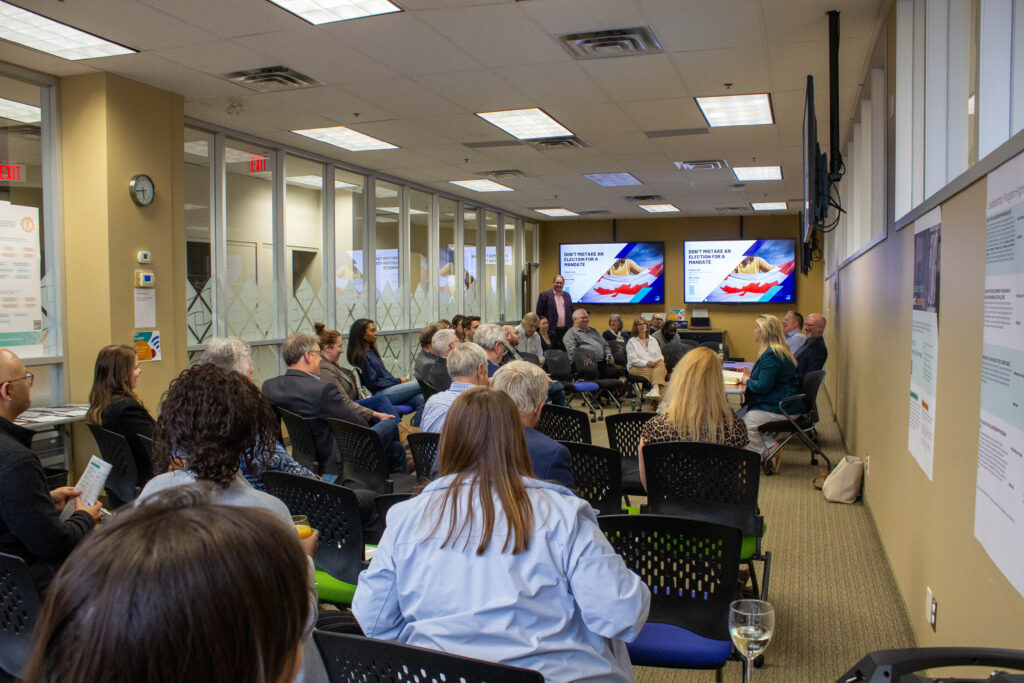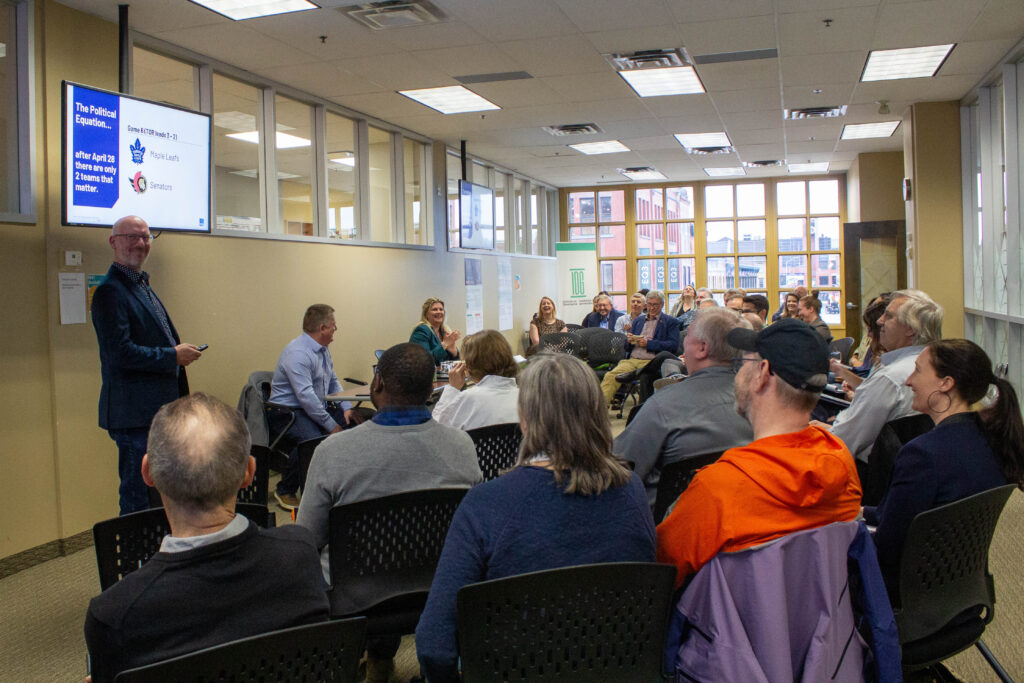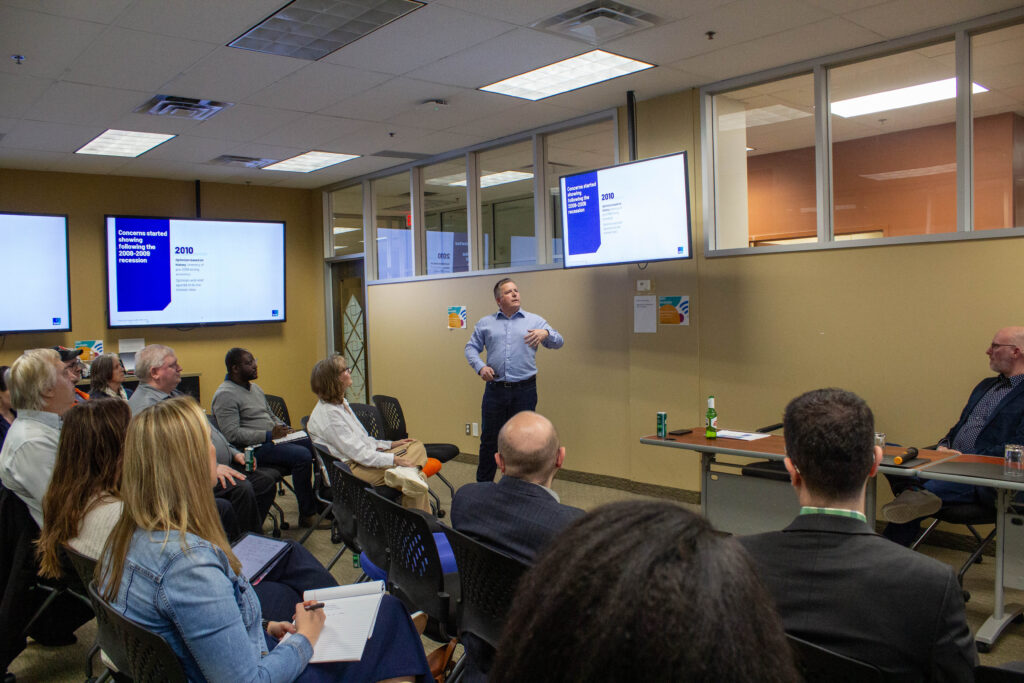What’s ahead for the new federal government? A recap of our post-election conversation with IPSOS Canada.
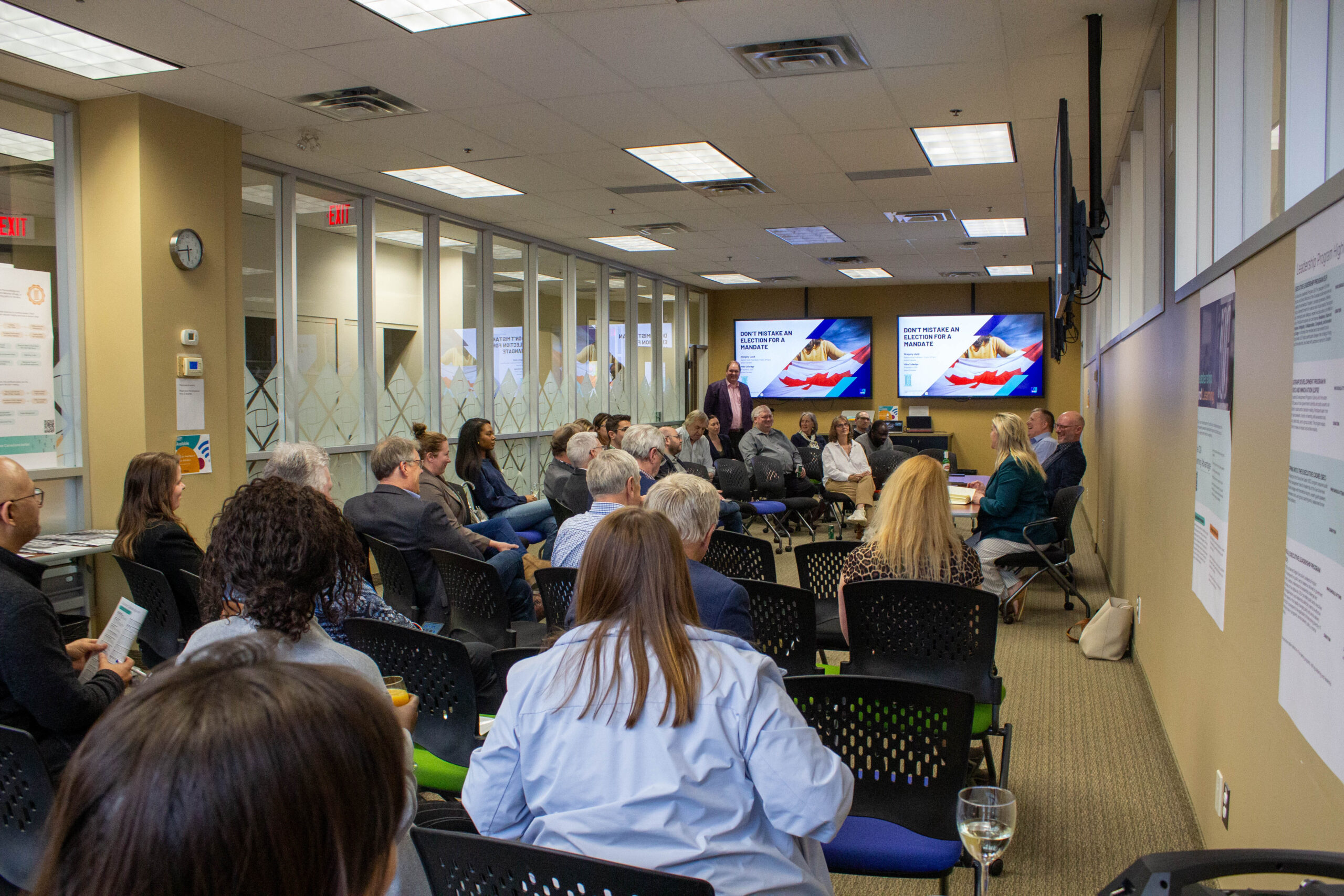
By Rhonda Moore
May 6, 2025
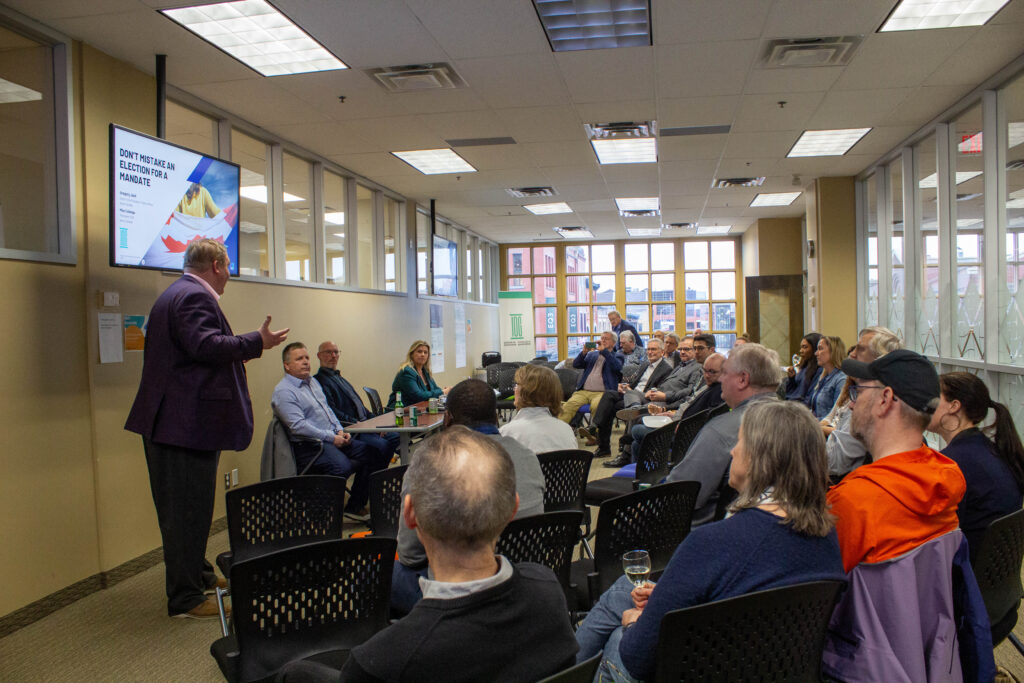
Ferris Bueller says “Life moves pretty fast. If you don’t stop and look around once in a while, you could miss it.” An apt sentiment for Canadians who have just experienced one of the quickest elections in our recent history. What happened? What drove voter sentiment? What might come next? This summary of IOG’s 1 May event with IPSOS Canada where we look at public opinion and how it shifted during the last election, and what it means for the future of public policy and the public service is just for you. A full copy of the presentation slides is available here, courtesy of IPSOS Canada.
What happened? The Conservatives, Liberals, and NDP each experienced a very different federal campaign. During the campaign, the NDP vote collapsed falling from around 18% in January 2025, just before President Trump was inaugurated to about 7% on Election Day. Support for the Conservative party declined by approximately 10 points between January 2025 (before American inauguration) and early April, most of which they regained by election day. During the election the Liberal party gained more than 20 points of approval in the polls from early January to late April. The result: the Conservative and Liberal parties each secured more than 40% of the vote, with neither taking a majority. Canadians haven’t experienced this phenomenon since the 1930 federal election.
What drove voter sentiment? Canadians who voted in the April 2025 election based their decision on: current issues (45%), the party leaders (39%), their local candidate (13%). But these sentiments did not arise overnight. “Issues” is a vague catch-all that encompasses sentiments about the direction of the economy, individual (family-level) financial health, social cohesion, believing the country is heading in the right direction, and much more. While none of these issues are new, per se, the current relationship with the US generated a disproportionate focus on trade and Canada-US relations. As a result, all three parties campaigned on their ability to take on and “deal with” President Trump, a race in which Prime Minister Mark Carney was most successful.
Importantly, the issues listed above are not equally important to all generations of Canadian voters. Eighty percent of Canadians do not want to become the 51st State, and that number rises to 87% for those over the age of 55 (Demographic analysis was limited to age and did not include race, gender, or income). However, 43% of Canadians aged 18-34 show conditional support for a closer relationship with the US. These divisions in attitude reflect growing tensions among Canadians. Older Canadians are generally less sympathetic of younger Canadians, while younger Canadians see older ones has having achieved a dream – and amassing assets – that they see as increasingly out of reach.
What comes next? As we ride the wave of Canadian pride and nationalism – buying local and chanting Elbows Up – one has to wonder whether we are in a moment or a movement. During the Q&A following the presentation, the conversation turned to the role of a leader: is it to reflect the desires and emotions of those one seeks to govern? Or to craft a compelling vision and path towards it? Folks in the room were of two minds and shared compelling examples of when leaders achieved both approaches well, and when they failed. The answer to both of these questions will come in the actions of Canada’s new Prime Minister who campaigned on solving big problems and addressing the polycrises. What problems will be fixed, in what order, and how quickly will be sufficient to maintain popular and parliamentary confidence? We wait to see.
Mike College, President, Ipsos Canada ESG Lead, Global Lead ESG Services and Gregory Jack, Senior Vice President, Ipsos Public Affairs (Canada) presented the data above at our May 1 event. Dr. Lori Turnbull moderated the panel and discussion.
